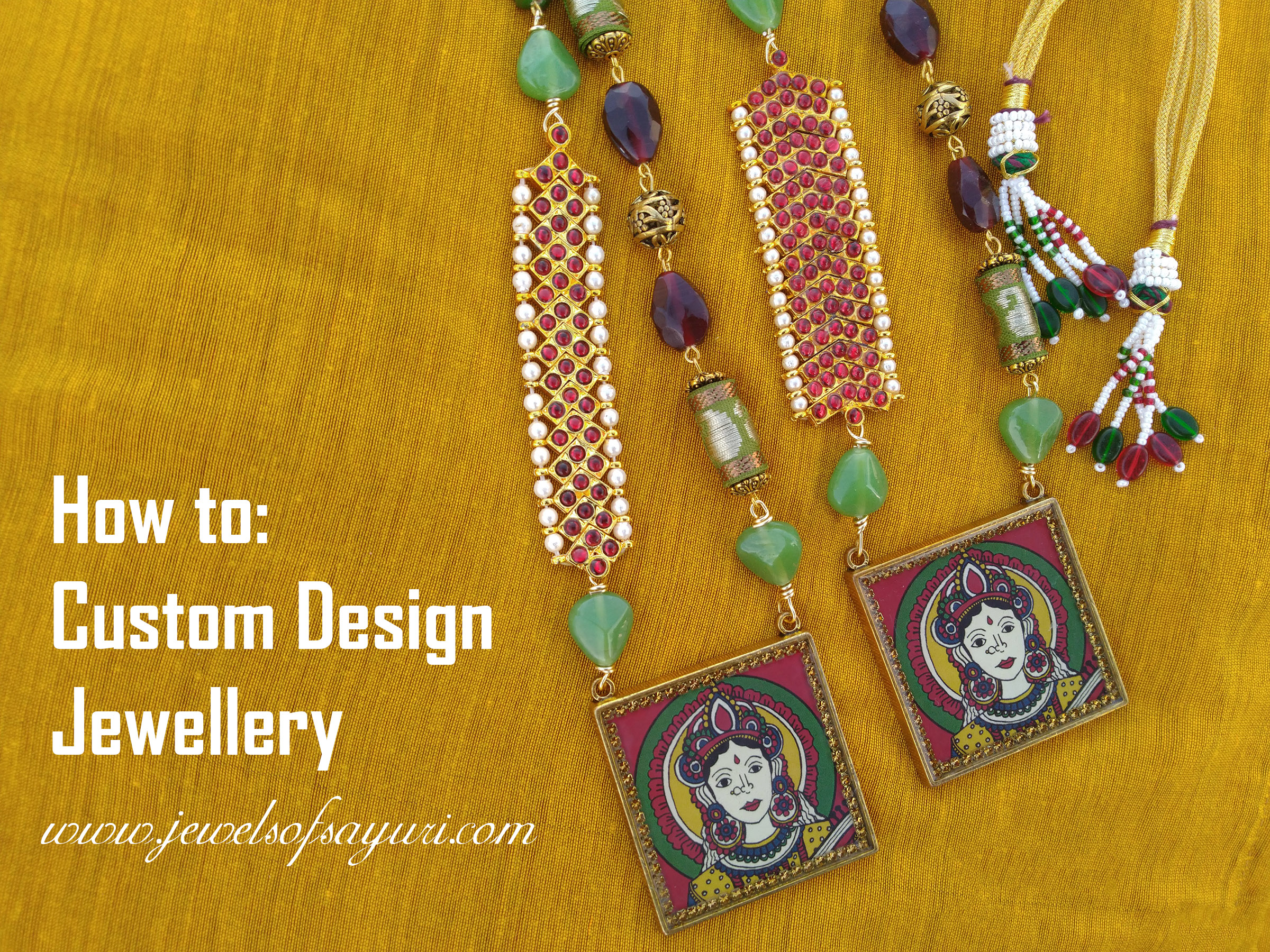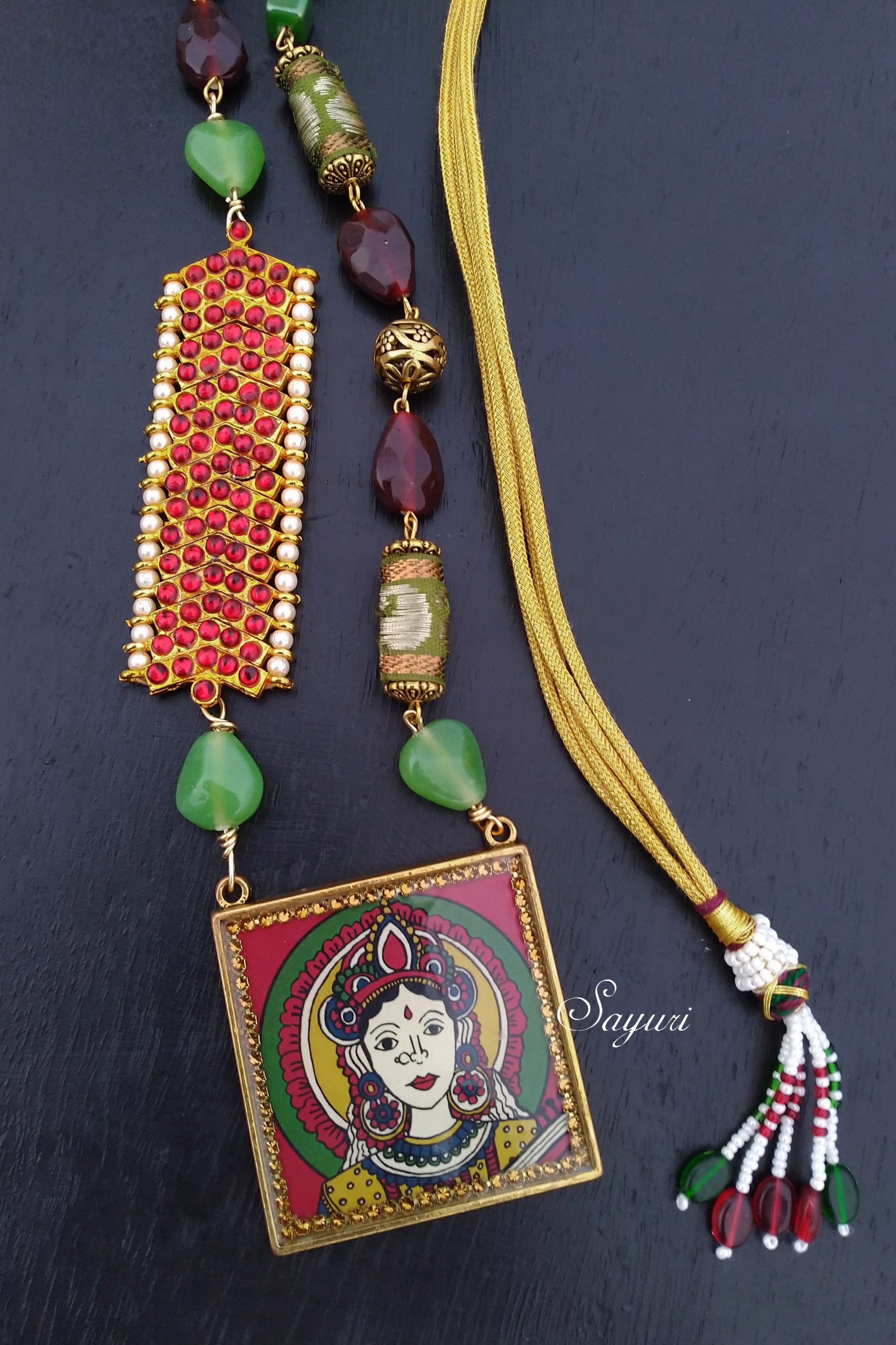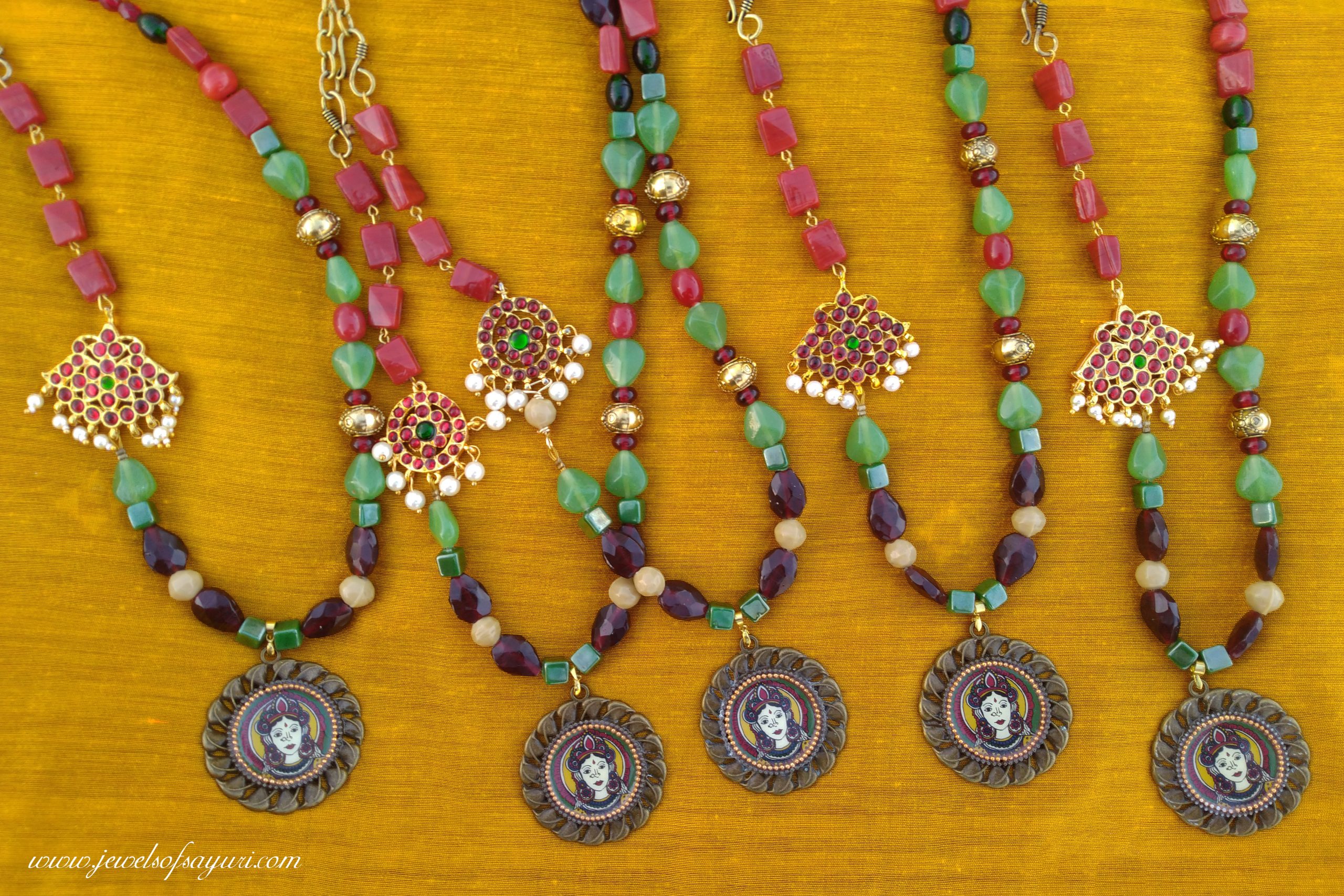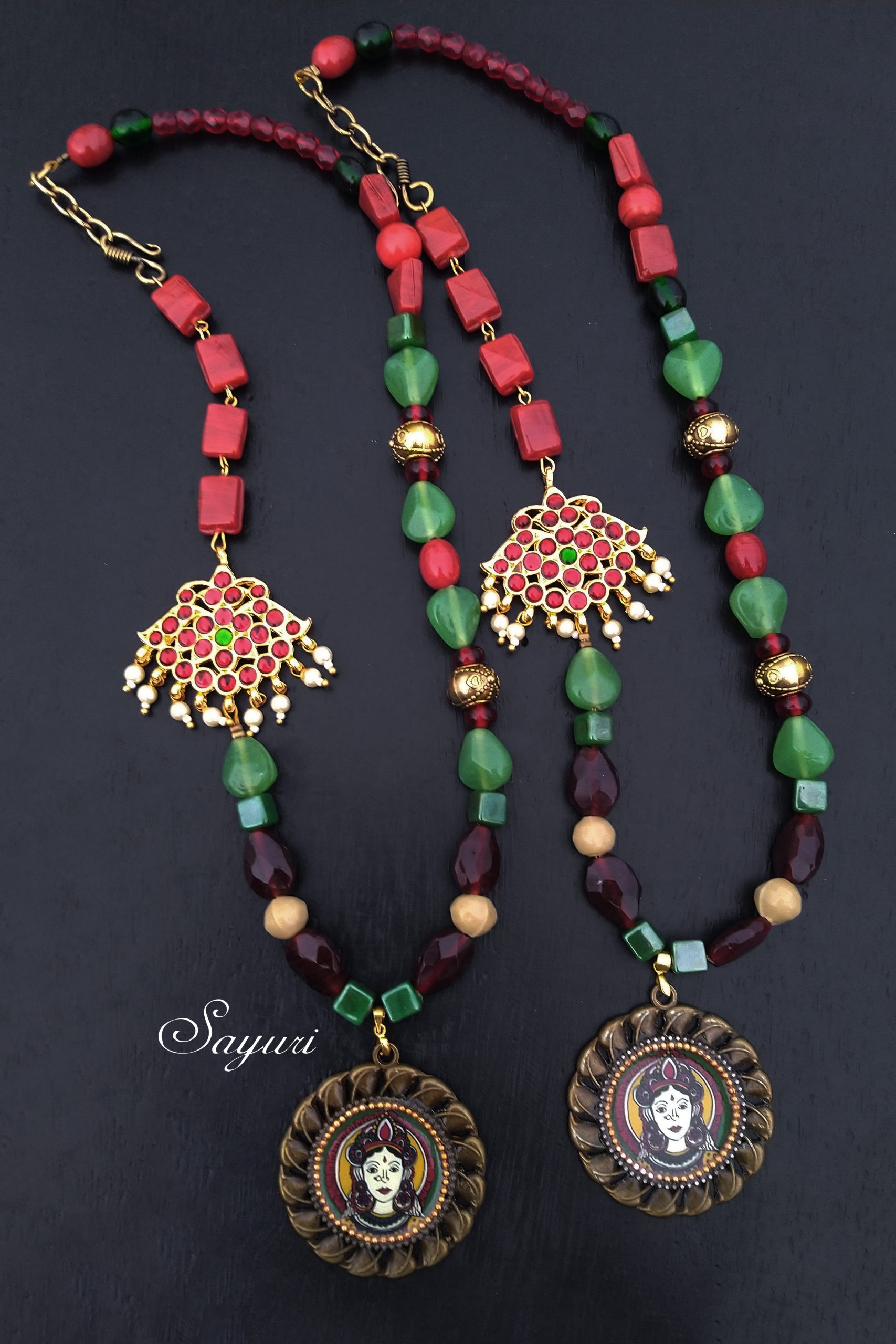There are those designers who thrive by creating specialised Custom Design Jewellery. Then there are those who prefer to sell what they ideate and create. I belong to the second category. For several years, I refused to custom make jewellery, choosing to do it only for family. Then due to a twist of fate I started doing Floral Bridal jewellery which is completely a custom design market. While it was difficult in the beginning, I learned a lot in the process. Several regular clients reached out to me to design something special for special occasions such as birthdays and anniversaries. Eventually, I grew comfortable with custom design that I prefer to go that route when creating a more complex or expensive piece.
I recently completed a custom jewellery order which turned out fairly well. It made me think of several things I wish had known when I first began to create following a client brief. This is not a buyers guide but a guide for designers to think through this design process. If you are looking for guidance on ordering custom made fine jewellery then, check out my earlier post on getting your (engagement) ring custom made. No, I do not make fine jewellery.

How to Custom Design Jewellery
At its fundamental level, the custom design jewellery process is based on trust and on dialogue between the maker and the buyer. It can be as simple or as complex as the people involved and the product that is made. In this post, I discuss the design process that I follow when working on custom orders.
Discuss the Design Brief
Every Client based project begins with a design brief. This details the customer’s wants and needs. This includes the scope of the projects, how many designs, how many pieces, budget, timelines, etc. Some customers will be very clear from the start about what they want. Some will send you images to replicate. As a policy I do not replicate any other’s maker’s work and use the reference images only for reference. Then there are those clients who will give you only a basic outline and leave the nitty-gritties it to you. In that case, you need to ask questions multiple times to understand their needs fully. Be prepared for multiple emails, messages and phone calls.

Empathise
Clients may not know why a particular design may cost more or why a particular colour combination may not suit them. Educate clients about your methods, current and upcoming trends, techniques without patronising them. Set clear guidelines regarding payment terms, timelines, deliverables and your process. Doing custom work is about building a relationship. It needs a lot of patience and communication. There needs to be a sync between you and your client. Empathy is the key word here. Now, some clients may not believe in the same values as you do. I have had offers to plagiarise, cut corners, modify and resell somebody else’s work and I have had to patiently explain why I cannot do it. I have lost several orders that way. In my opinion, while it is okay to compromise on design and money, its not okay to compromise on values.
Set Budgets, costing and pricing
Giving a quote is one of the hardest thing for a costume jewellery designer to do, especially when you are not creating all your components from scratch. Pricing depends on the product, thought, materials, time and effort required. A lot of times we designers forget to include ideation charges, packing and shipping fees or go overtly conservative. While it may be tempting to do it for free, doing so cuts into the profit. In my experience I have seen that while clients may have a budget, they are willing to stretch it a bit if needed. Ask if you really need that extra but stick within budget as much as possible.

Sourcing
Before you accept an order, search for same/similar supplies online/offline to check their availability and cost. There is no point in promising a design to a client if you cannot find the supplies for the same. I have seen several instances where the client will want me to custom make a piece based on a design from 2-3 years back. While I might have the skill to do it I might not have the supplies in hand. It might not even been available in the market. Now with a ban of Chinese apps and websites in India several materials of Chinese origin are nowhere to be found. While this provides an opportunity in the longer run for Indian manufactures, in the short run several designs can no longer be remade. Therefore, it is important to discuss this with your client and get their approval for alternatives by showing images or sketches.
Ideating & Making
In the ideation and sampling phase show sketches, pictures of components to your client and get approval. Client brief based design process is an iterative one which means that there is a lot of to and fro between the designer and the client. Therefore it needs a longer lead time as well. Plan your timelines accordingly. When creating custom design jewellery that involve processes like resin pours, stamping or enamelling – techniques where there can be unavoidable errors, plan for extras. Yes, the extra time and extra materials may reduce your profit but it is required to make sure that the piece that you give your client is of the best quality.

Maintaining Uniqueness
While it is not wrong to recreate the jewellery design made for one client for another, it is not appreciated either. People typically want custom made jewellery to be “uniquely theirs” and that is why they are willing to pay for a bit more. When clients ask me to recreate a design I made for another client, I usually decline. If they are very particular and are a regular client, I make it with enough modifications that it stands on its own. This way all the parties involved are happy.
Show off your work
It is important to showoff custom work even if you are never going to make another piece of the same design. This boosts your image as a designer who can understand needs and provide design solutions. That is precisely what I am doing in this post. I am showing off seven of the eight custom made necklaces that I made for a client who wanted to gift them during a special dance recital. Hence they hold the image of Goddess Saraswati, the Goddess of knowledge and the arts and have kemp components typically found in Bhartanatyam dance jewellery. I had a lot of fun making them and creating simple gift packaging and cards to go along with them as well. How do you like them?
I hope this post would help entry level jewellery makers who are testing out the custom design segment of the business. I have shared some of my tips here and request my readers to add more in the comments. Do you custom make jewellery? If so, please share your experience here.
I hope you found it interesting
Cheers


Leave a Reply